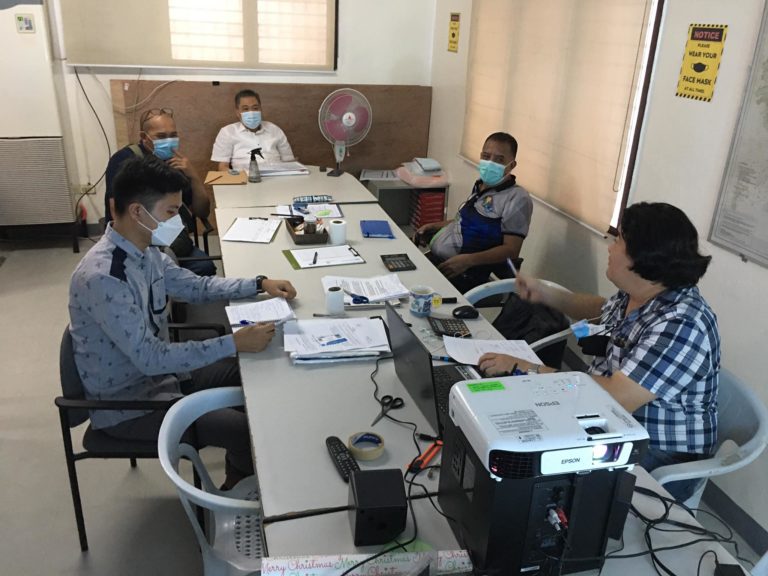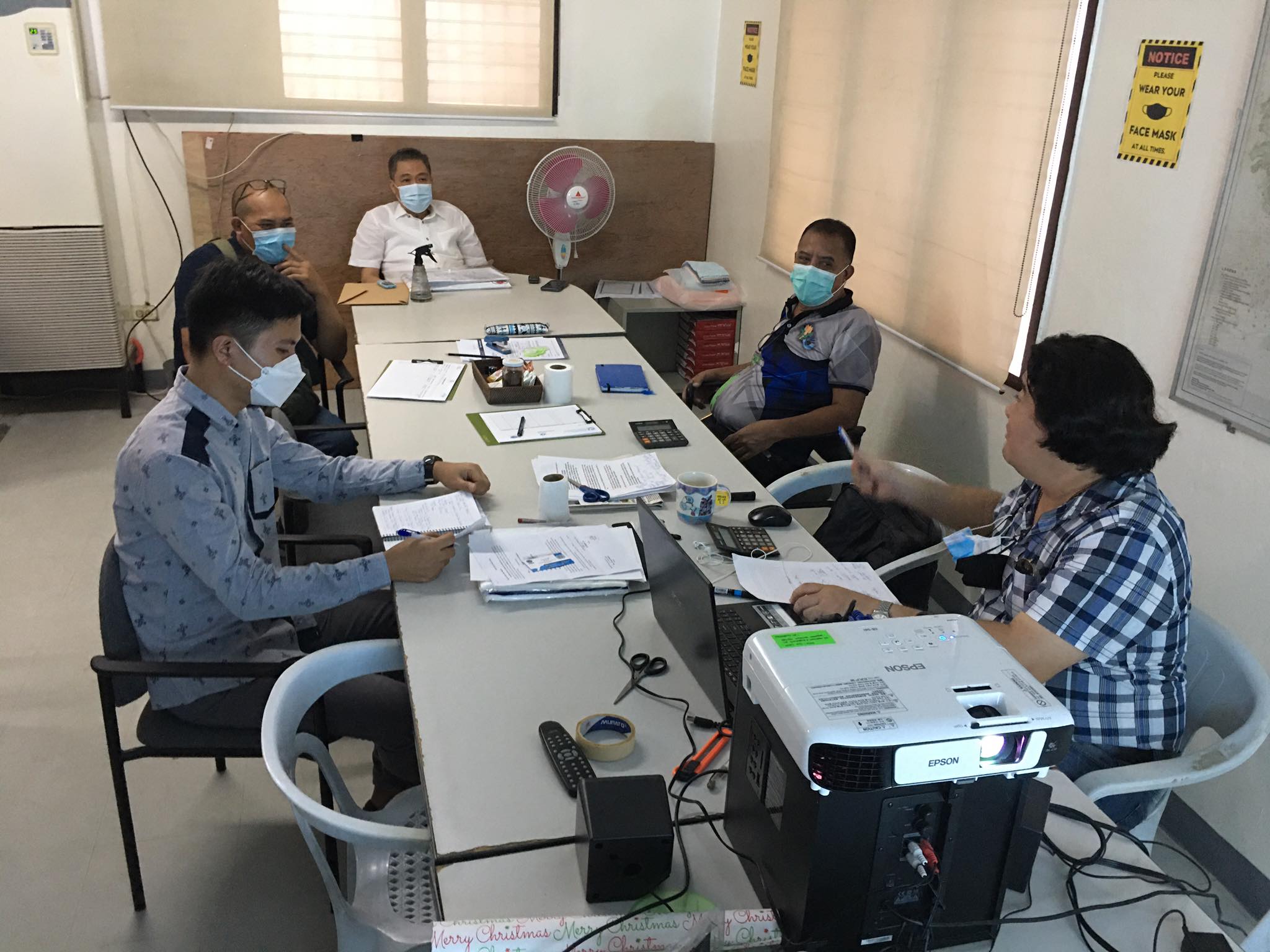
NOCCI, and BFAR Negros Oriental have met at NOCCI Conference Area to discuss possible interventions that are climate resilient for the AFOS FISH Visayas Project Interventions and Rehabilitation after the devastation brought about by Super Typhoon Odette.
The meeting was joined by NOCCI Officer/Board of Trustee Mr. Edward C. Du, NOCCI Executive Assistant Mr. Rowie C. Limbaga, Ms. Christy Mae Aldion, BFAR Mr. Felmar Pacurib and BFAR Mr. Nander Blanco. It was facilitated by the FISH Visayas Project Negros Oriental Area Coordinator Juan Agustine V. Jalandoni.
The meeting’s agenda is to identify measures and strategies for sustainable and climate-resilient projects for the fishery sector under the FISH Visayas Project interventions in Ayungon and La Libertad. BFAR and NOCCI need to identify projects and interventions that are climate-resilient and sustainable and propose them to the FISH Visayas Project. These projects and activities should withstand various calamities and disasters that may arise or come in the area.
Tropical cyclone Odette, the 15th to enter the Philippine Area of Responsibility in 2021, has maximum sustained winds of 195 kilometers per hour (km/h) near the center and gusted up to 240 km/h. It made landfall in the vicinity of Siargao Island in Surigao del Norte. According to the Philippine Atmospheric, Geophysical and Astronomical Service Administration in its 2 p.m. Bulletin at Odette, the Typhoon is accompanied by flood-causing intense rainfall that has been battering the areas in its route since a day before it makes landfall.
Typhoon Odette made its eighth landfall at La Libertad, Negros Oriental, at 2 a.m. on December 17, traveled the Visayan Sea, and reached its final touchdown in Roxas, Palawan, at 4:00 p.m., with a slightly slower speed of 150 km/h in the center with gustiness of up to 205 km/h. The eye of Typhoon Odette was located 240 kilometers west-northwest of Puerto Princesa City, Palawan, as of 4 a.m. December 18 has winds of up to 150 kph near the center, gustiness of up to 185 kph, the central force of 960 hPa, and moving west-northwest at a speed of 15 kilometers per hour towards the West Philippine Sea.
An estimate of 9.9 million people was impacted by the Typhoon in the six worst-affected districts, with 2.4 million inhabitants in need of aid. According to the National Disaster Risk Reduction and Management Council and the Department of Social Welfare and Development, the Typhoon claimed the lives of 409 people, injured thousands more, and displaced nearly 3.2 million people. Moreover, approximately 144,000 people are still displaced, and many more live in damaged shelters with limited access to essential services.
Meanwhile, NOCCI and BFAR are to collaborate to identify these climate-resilient projects and interventions that promote sustainability and environmental preservation and conservation.

